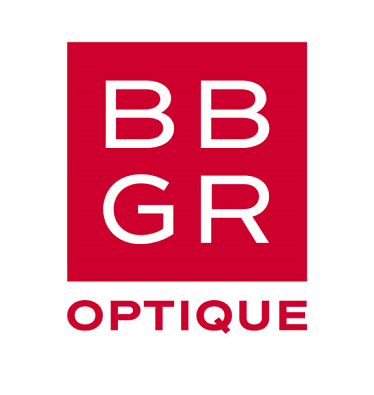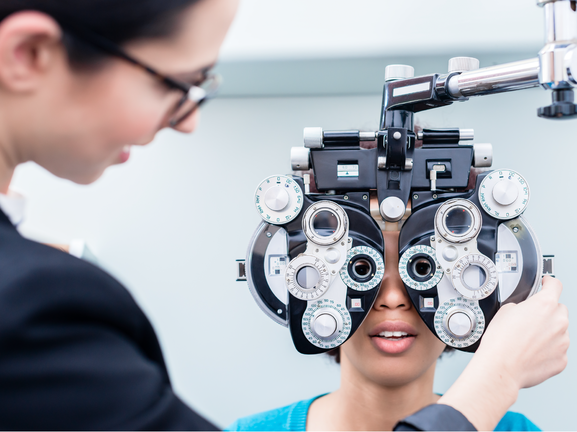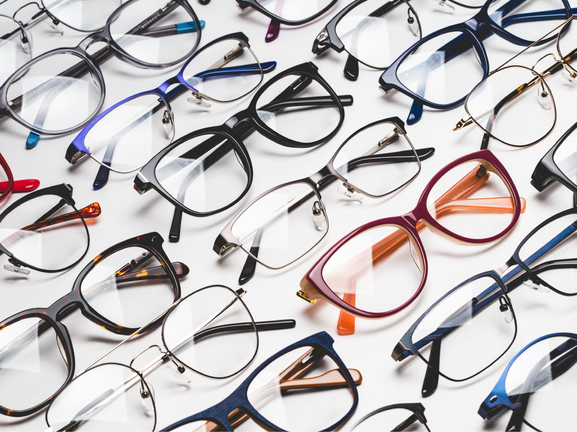Lenses and Harmful Light Protection
The human eye is only able to visually perceive a very small part of the electromagnetic spectrum. Directly outside the boundaries of the visible spectrum of light are ultraviolet (UV) and infrared (IR) radiation. The human eye is exposed to both in natural and manmade sources of UV and IR radiation in the environment. However, high levels of exposure to UV and IR radiation are associated with several pathologies, including skin cancers and cataract. It is therefore important to understand the different types of lenses that are available to protect against the effects of harmful light, and how these work.
This article will review UV and IR radiation, including sources of exposure, the effect these have on the eye and pathologies associated with high levels of exposure. The different types of ophthalmic lenses that are available to manage the effect of solar radiation and prevent against harmful effects will be discussed, along with methods of manufacturing these lenses. Finally, the therapeutic benefit of these lenses for patients will be covered.
PRIVACY NOTICE: By completing this free CET course you agree that we will pass your name and email address to BBGR who may send you further information on their products and services.
CPD Points: 1
Visionstryt credits: 1
Expiry Date: 31/12/2023

Downloads
Accredited by


Approved for


Optometrist (Optical Appliances, Ocular Disease, Standards of Practice)
Dispensing Optician (Standards of Practice, Optical Appliances, Ocular Abnormalities)
Student Optometrist (Optical Appliances, Ocular Disease, Standards of Practice)
Student Dispensing Optician (Standards of Practice, Optical Appliances, Ocular Abnormalities)



